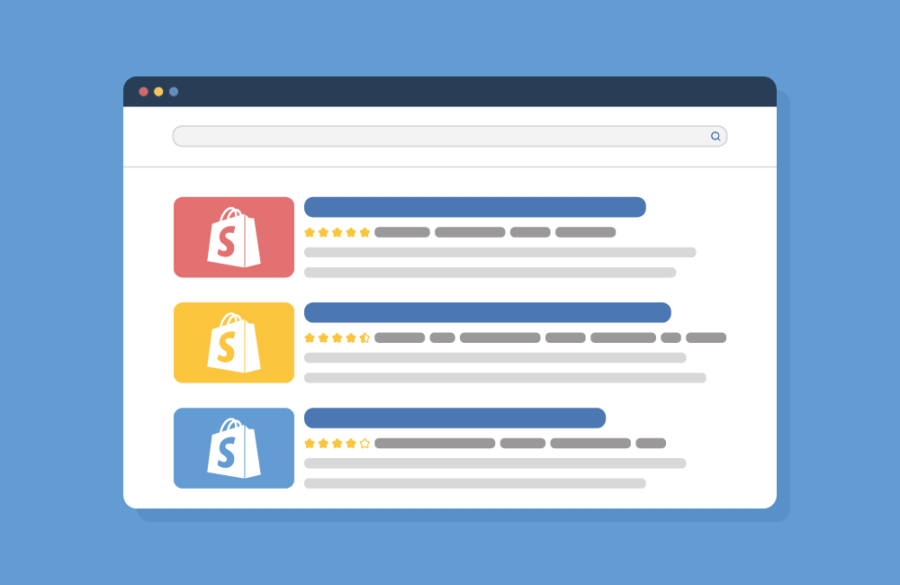There are many nuances to creating a Shopify store and once you have the basic store structure and product pages you can delve into these additional features. One of these that has incredible value is Shopify Schema.
Shopify Schema is something to implement after you have the basics in place and it is a range of markup language used to make your site more readable by search engines, and to give search engines more data and info to work with. This ultimately helps your SEO strategies. Below, we look at Shopify Schema, why it’s beneficial, and the main types you can include in your online store.
What is Shopify Schema?
Shopify Schema is a type of structured data that is typically added to the HTML code of your web pages. The aim of Shopify Schema is to further define the different content and data on your pages so that search engines like Google and Bing can better understand it and make more use of it.
A simple example is that it can be used to define additional product data like the name, description, variant, price, and SKU. While this info may already be included in the product listing, schema makes it more readable for search engines.
The Benefits of Shopify Schema
As you can see, Shopify product schema and other types are invaluable for SEO as they are creating rich snippets of data for search engines to digest. You are telling them more about your business such as what you do, where you are based, and the different products you provide.
Aside from the search engine benefits, Shopify schema can also enhance customer experience and give them more info about your business.
Different Types of Shopify Schema
There are three main types of Shopify Schema – JSON-LD, Microdata, and RDFa. I give an overview of each type below, but this doesn’t include lessons on how to write the language as this is beyond the scope of this article. Businesses offering SEO services for Shopify can help with this and can get you on track with implementing Shopify schema.
JSON-LD
JSON-LD is a great starting point as it’s the easiest form of Shopify schema to learn and read due to the code syntax. Implementing JSON-LD schema into your Shopify store is relatively straightforward too as all you have to paste the markup into the HTML code of your pages.
JSON-LD is used for annotating on-page elements and giving structure to your data, together with giving organization to otherwise messy webpage info. It’s not really a visual schema but it’s beneficial from an SEO perspective as it allows Google to better understand the elements of your online store and organize your content.
Compared to Microdata and RDFa schema, JSON-LD isn’t used inline which gives it more flexibility – instead, you encase the markup within standard <script> tags so it can be inserted anywhere in the HTML code. Examples of the most common JSON-LD Shopify schema used include:
- Organization: This Shopify schema is more of a general markup relating to your business and what it does. You are essentially telling Google that this site is a business and giving it info like your address and contact details.
- CollectionPage: CollectionPage or OfferCatalog schema is used for product category pages and this is something many Shopify sites don’t utilize.
- Breadcrumblist: This schema is used to show your internal breadcrumb structure to Google and provide more info about your Shopify site hierarchy and how it works.
- Product: The Shopify product schema is considered to be one of the most important ones because it gives Google more info about your product listings. This includes info like SKU, price, availability, and product description.
- Article: This Shopify schema is directly used for article content like blogs, guides, and news stories. You can add markup such as date published, description, date modified, and headline. This is useful because it’s one of the schema types Google widely supports.
Microdata
Microdata is used to mark up ecommerce pages and it utilizes inline markup added to different HTML elements. It’s incredibly useful for nesting metadata in your Shopify content but also allows you to give more detailed and specific information about your products to search engines.
Examples of Microdata tags include itemscope, itemtype, and itemprops. These define the referenced item, the type of product, and the product properties respectively. For example, you could define different itemprop tags such as color, size, weight, and dimensions for a product.
Implementing Microdata does require an underlying coding knowledge but once you have the basics it becomes easier to write and insert into your Shopify store.
RDFa
Resource Description Framework is another type of in-line markup language used to add markup metadata to your Shopify pages. Various web services and search engines like Google utilize RDFa to produce more detailed listings so this is a really important one.
The language is based on HTML5, but it works with a variety of other languages too including XHTML1, XML, and SVG docs.
Utilize Shopify Schema to Boost Your Online Store SEO
If you want to boost your Shopify SEO and make sure your online store is optimized then implementing the Shopify scheme in one of the above three forms is essential. JSON-LD, Microdata, and RFDa all help the readability and visibility of your online store so that search engines like Google can better understand the content and improve your listings.










